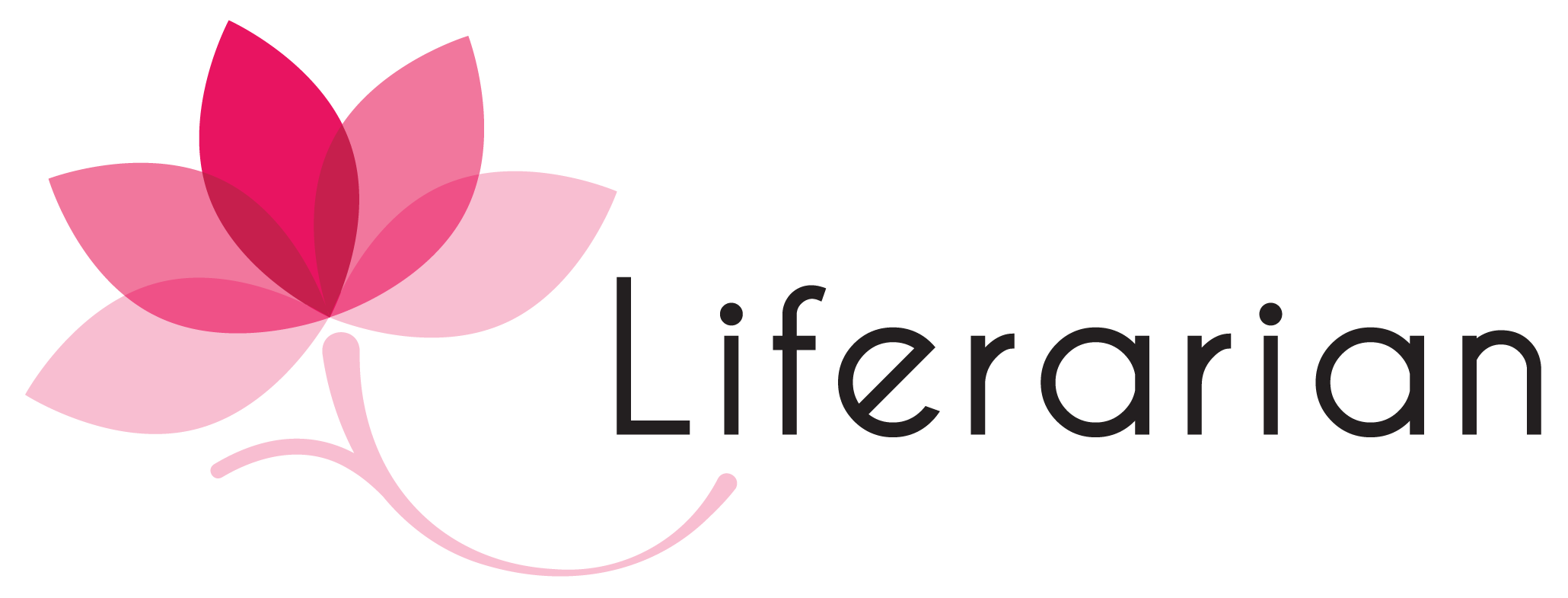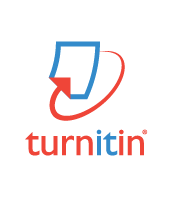Understanding Turnitin.
Librarians are always considered an advocate of Academic integrity and are entrusted with the responsibility to detect plagiarism in students’ work.
Many tools help Librarians in this process; one crucial tool is Turnitin, which has been the highest used tool for checking similarity within the work submitted by students.
“Turnitin is a text-matching software that checks a student has written work against electronic texts from the Internet, published works (such as journal articles and books), and assignments previously submitted to Turnitin by other students”(“Turnitin: What is Turnitin?”).
- It is an aid to detect and deter plagiarism, but not a ‘plagiarism detector’ on its own.
- It is a learning and teaching tool in the context of academic integrity(“the similarity report explained”).
Misconceptions about Turnitin.
Detects plagiarism-
One of Turnitin’s misconceptions is, it detects plagiarized text; Turnitin is a software that does not detect plagiarism; it is a similarity checker software that will check the similar text from various internet sources and give the percentage of similar text found.
Matches are coincidental
There might be a feeling that coordinated content is completely unplanned or common knowledge. Turnitin likewise incorporates the capacity to reject “little matches” if the educator needs to avoid basic expressions.
Matches identified are the exact source; we take a look at the Originality Reports. The “Similarity Index” is a percentage score that shows how much of a submitted paper matches the pre-existing source material. There is the misconception that the “Similarity Index” shows the percentage of a paper that is plagiarized. There is also the mistaken belief that there is some “acceptable” threshold of a Similarity Index, such as < 10% or 15%. There is no specific percentage of acceptance for plagiarism(“the similarity report explained”).
How does the technology work?
When a student submits a paper to Turnitin (or a “Turnitin assignment”), a proprietary algorithm is used to map the text, creating a “digital fingerprint” of each paper. These fingerprints are then compared against a database of fingerprints comprised of data-based internet content, an archive of student papers, subscriptions journals, and e-books. From this comparison, an Originality Report is generated. The report displays the paper’s similarity to the database content.
As a Librarian, there is a common expectation to help and guide students in understanding plagiarism and guide them to be Academically honest. Softwares like Turnitin can help librarians guide the student.
In the IB curriculum, librarians are expected to guide and help students in citing the source. Notably, in the Diploma Program, the similarity report guides us on how to cite precisely and correctly to avoid further chances of intentional or unintentional plagiarism.
Understanding Turnitin similarity report – Similarity report of Turnitin is viewed in the feedback studio, it shows the similarity between the text submitted and the variety of sources found on the net, database, online archives, student papers, and a repository of works previously submitted to Turnitin, one thing to remember is ‘The similarity score’ is a percentage of a paper’s content that matches to Turnitin’s databases; it is not an assessment of whether the paper includes plagiarized material(“the similarity report explained”).
Understanding similarity score ranges – Similarity Reports provide a summary of matching or highly similar text found in a submitted paper. These matches are color-coded and given in percentage. As mentioned on the Turnitin blog, the report icon’s color indicates the paper’s similarity score, based on the amount of matching or similar text uncovered. The percentage range is 0% to 100%. The possible similarity ranges are (“the similarity report explained”).
- Blue: No matching text
- Green: One word to 24% matching text
- Yellow: 25-49% matching text
- Orange: 50-74% matching text
- Red: 75-100% matching text(“the similarity report explained”).
These reports help us guide students; we can interpret the Turnitin report and even guide them in citing the highest match or Red, Orange and Yellow marked text in the report.
As a teacher-librarian, we can look in the Turnitin similarity report and guide students exactly where to give an in-text citation; proper in-text citation is understood by the software and minimize the similarity report.
For more information on Turnitin and Similarity, report refer to their blog (link mentioned below)
https://www.turnitin.com/videos/understanding-text-similarity-for-instructors
This VidBIT covers the key factors that differentiate text similarity from plagiarism. It addresses intentional and unintentional plagiarism and what resources are available to help(“Understanding Text Similarity for Instructors”)
To use of resources and features previewed in this video by visiting the links below:
- Disrupting Plagiarism pack
- The Paraphrasing pack
- Flags
- Similarity Report and exclusions
- QuickMarks
- Draft Coach
- More VidBITs from Turnitin
By
Kuntal Bhandare
Secondary librarian
Extended Essay coordinator
Turnitin administrator
secondarylibrarian@ecolemondiale.org
Work Cited
“The similarity report explained,” Turnitin,
https://help.turnitin.com/feedback-studio/turnitin-website/instructor/the-similarity-report/accessing-the-similarity-report.htm, Accessed on 23rd Dec 2020.
“Turnitin: What Is Turnitin?” Library Guides, guides.lib.monash.edu/turnitin.,Accessed on 24th Feb 2021.
“Understanding Text Similarity for Instructors.” Turnitin, www.turnitin.com/videos/understanding-text-similarity-for-instructors.



Well articulated Ms Kunthal. Thanks for introducing turntin.